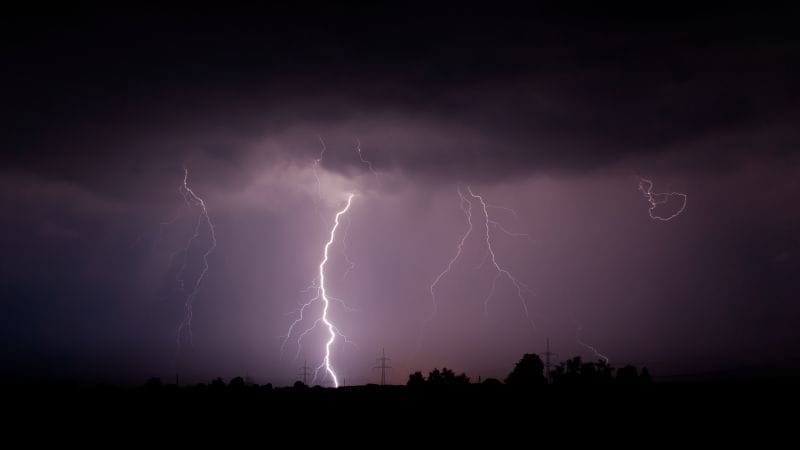Link to the full source article
RSS feed source: National Science Foundation
A new study supported by the U.S. National Science Foundation found an uptick in intense summer rainfalls inundating the central and eastern United States over the past 21 years. The study noted that these extreme rainfall events follow larger, longer-lasting thunderstorms.
“This research will help improve daily and seasonal forecasts to help us understand health and safety concerns related to one of the deadliest consequences from extreme rainfall events — flooding,” said Chungu Lu, an NSF program manager.
Jason Chiappa, a meteorologist who led the investigation, looked at 4-kilometer squares of rain data over areas 20-40 kilometers long from 2003 to 2023. He and his team discovered thunderstorms that rain for hours over the same area cause extreme rainfall events.
Although the study revealed that events trended up over the years, it also showed some annual variations. “It is important for us to identify changes in the nature and frequency of these events and explore why some years have so many more extreme events than others,” Chiappa said. Extreme rainfall events are tricky to represent in global weather and climate models because of their resolution and timing. The peak occurrence of these storms is at night when models have lower abilities to predict convective rainfall, which can occur as a sudden, short thunderstorm over a small area.
Click this link to continue reading the article on the source website.
